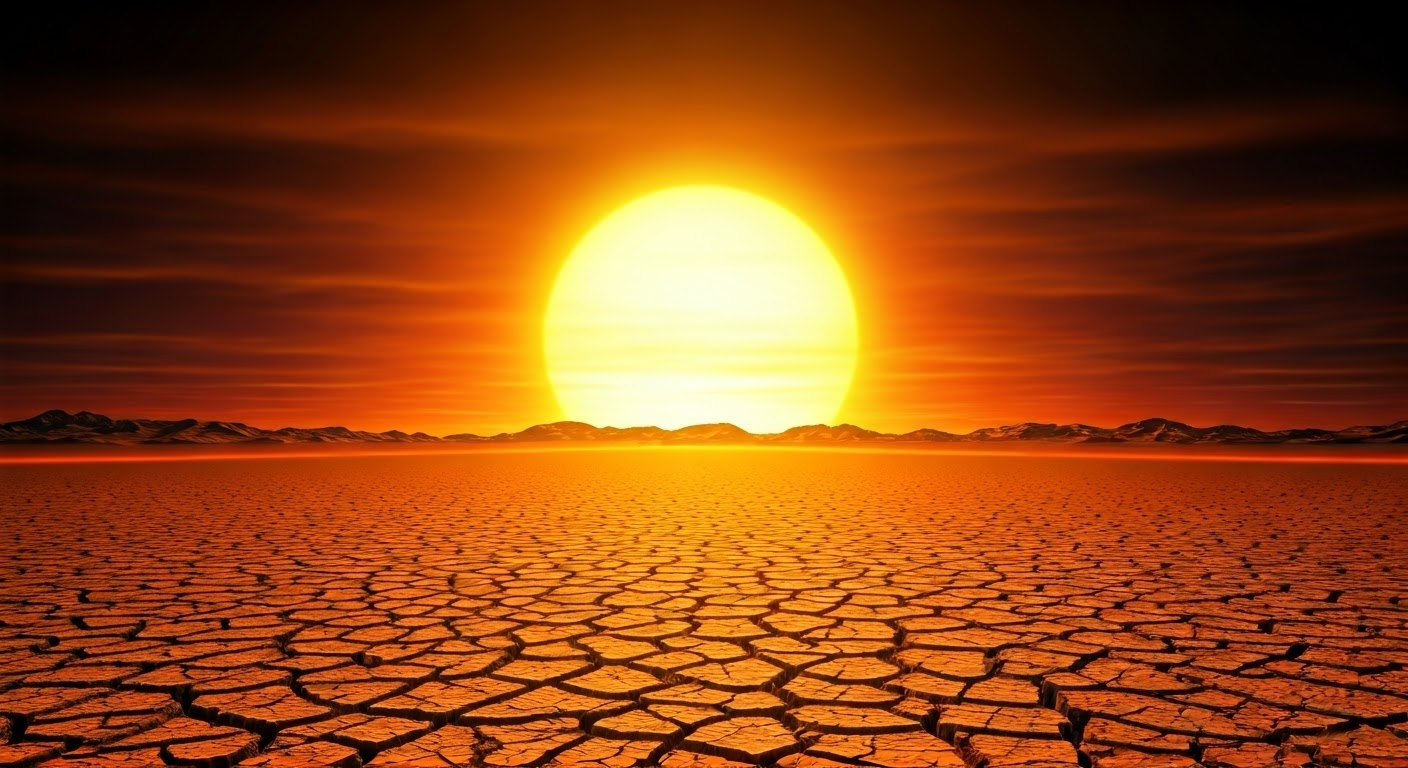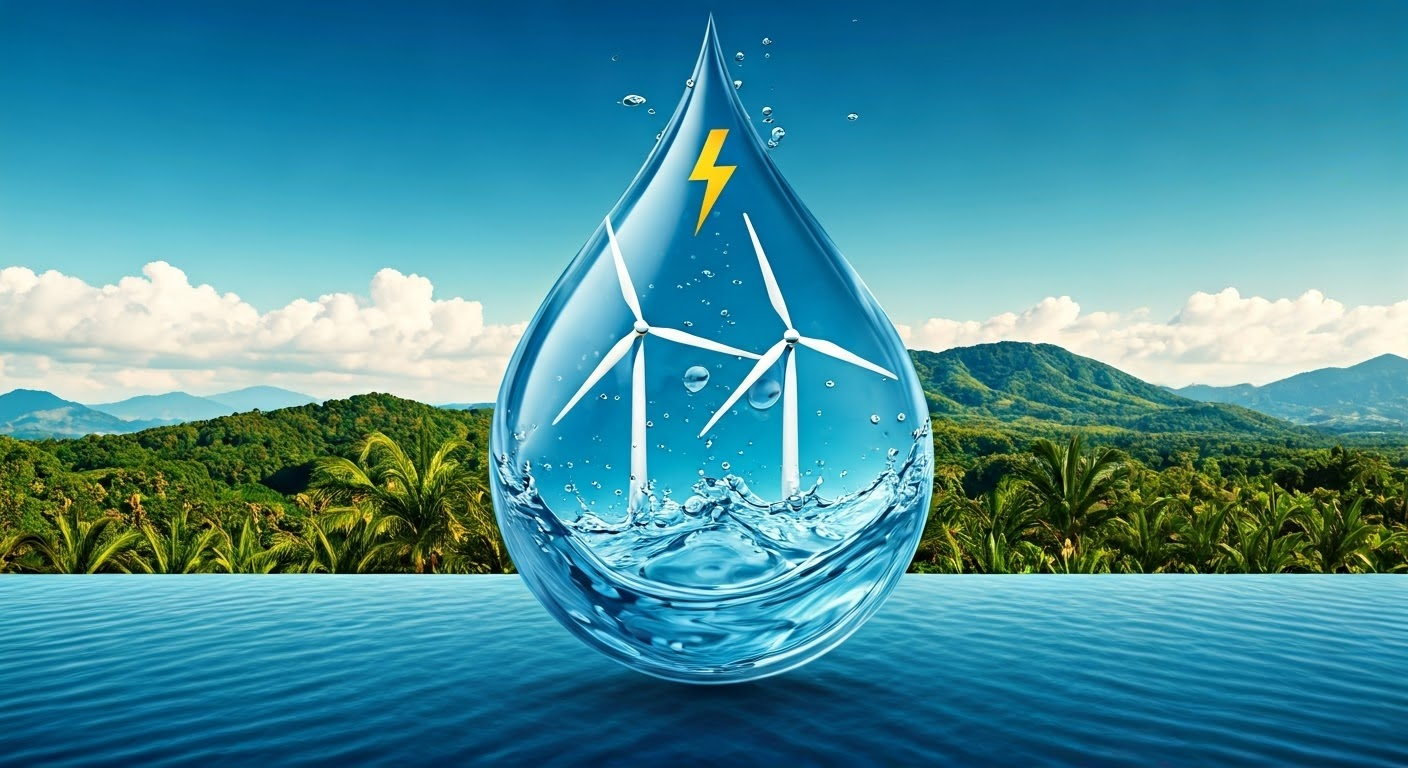As we step into the new year, residents of southern France face an unwelcome challenge. The first day of 2025 brings with it a red alert for air pollution in the Vaucluse and Bouches-du-Rhône departments, with the situation expected to persist throughout Thursday8. This environmental crisis serves as a stark reminder of the ongoing battle against air pollution and its impact on public health and the environment.
The Current Situation
Regions Affected
The air quality alert primarily affects three key areas:
- Bouches-du-Rhône
- Vaucluse
- Coastal areas of Var
While these regions are under red alert, the rest of Var is experiencing degraded air quality as well10. This widespread pollution event highlights the far-reaching consequences of poor air quality management.
Pollutants of Concern
The main culprit behind this pollution episode is particulate matter, specifically PM108. These fine particles, with a diameter of 10 micrometers or less, pose significant health risks when inhaled. They can penetrate deep into the lungs and even enter the bloodstream, leading to various respiratory and cardiovascular issues.
Understanding the Causes
Several factors contribute to the current air pollution crisis:
Weather Conditions
The absence of wind plays a crucial role in trapping pollutants close to the ground2. This stagnant air creates a perfect environment for the accumulation of particulate matter, exacerbating the pollution problem.
Heating Systems
With winter in full swing, increased use of heating systems contributes significantly to particulate emissions2. Many households rely on wood-burning stoves or other heating methods that release fine particles into the atmosphere.
Industrial Activities
The region around the Étang de Berre, known for its industrial concentration, is a major source of various pollutants9. Industries in this area emit a complex mixture of substances, including:
- Sulfur dioxide (SO2)
- Nitrogen dioxide (NO2)
- Volatile Organic Compounds (VOCs)
- Particulate matter
Transportation
Vehicle emissions, particularly in urban areas, contribute to the overall pollution levels. The high population density and reliance on personal vehicles in cities like Marseille add to the problem.
Health Impacts of Air Pollution
The health consequences of prolonged exposure to poor air quality are severe and wide-ranging:
Respiratory Issues
- Increased risk of asthma attacks
- Aggravation of existing respiratory conditions
- Development of chronic obstructive pulmonary disease (COPD)
Cardiovascular Problems
- Higher incidence of heart attacks
- Increased risk of stroke
- Development of hypertension
Cancer Risk
Studies have shown a correlation between long-term exposure to air pollution and increased cancer rates, particularly lung cancer7.
Vulnerable Populations
Certain groups are especially susceptible to the harmful effects of air pollution:
- Children
- Elderly individuals
- People with pre-existing health conditions
- Pregnant women
Environmental Consequences
Beyond human health, air pollution has far-reaching environmental impacts:
Ecosystem Damage
Pollutants can harm plant life, disrupt ecosystems, and affect biodiversity. Acid rain, formed from sulfur dioxide and nitrogen oxides, can damage forests and aquatic environments.
Climate Change Acceleration
Many air pollutants, such as black carbon and ozone, are also potent greenhouse gases. Their presence in the atmosphere contributes to global warming and climate change.
Visibility Reduction
High levels of particulate matter can significantly reduce visibility, affecting transportation safety and quality of life in urban areas.
Measures to Combat Air Pollution
To address this urgent situation, various stakeholders must take immediate and long-term actions:
Government Initiatives
- Stricter Emission Controls: Implementing and enforcing tighter regulations on industrial emissions and vehicle exhaust.
- Urban Planning: Designing cities to reduce traffic congestion and promote green spaces.
- Investment in Clean Energy: Accelerating the transition to renewable energy sources to reduce reliance on fossil fuels.
Industrial Responsibility
- Adoption of Best Available Technologies: Industries must invest in state-of-the-art pollution control equipment.
- Transparent Reporting: Regular and accurate disclosure of emission data to authorities and the public.
- Research and Development: Investing in cleaner production processes and technologies.
Individual Actions
- Sustainable Transportation: Opting for public transit, carpooling, cycling, or walking when possible.
- Energy Efficiency: Improving home insulation and using energy-efficient appliances to reduce heating needs.
- Conscious Consumption: Choosing products with lower environmental impacts and supporting eco-friendly businesses.
The Path Forward
Addressing the air pollution crisis in southern France requires a multifaceted approach involving government, industry, and citizens. Here are key strategies for a cleaner, healthier future:
Short-Term Measures
- Public Awareness Campaigns: Educating residents about the current situation and providing guidance on reducing personal contributions to air pollution.
- Temporary Traffic Restrictions: Implementing odd-even number plate systems or creating car-free zones in city centers during high pollution days.
- Industrial Output Reduction: Requesting industries to temporarily scale back operations during severe pollution episodes.
Long-Term Solutions
- Sustainable Urban Development: Integrating green infrastructure, such as urban forests and green corridors, into city planning to naturally filter air pollutants.
- Transition to Clean Energy: Accelerating the adoption of renewable energy sources like solar, wind, and hydroelectric power to reduce reliance on fossil fuels.
- Improved Public Transportation: Investing in efficient, low-emission public transit systems to reduce private vehicle use.
- Research and Innovation: Supporting scientific studies on air pollution and its effects, as well as developing new technologies for pollution monitoring and control.
Conclusion
The ongoing air pollution crisis in southern France serves as a wake-up call for immediate and sustained action. As we navigate the challenges of the new year, it’s crucial to recognize that clean air is not a luxury but a fundamental right and necessity for all living beings.By embracing sustainable practices, supporting clean technologies, and working collectively towards a greener future, we can turn the tide against air pollution. The path to cleaner air may be challenging, but the benefits to public health, environmental preservation, and quality of life make it a journey worth undertaking.Let this red alert be a catalyst for positive change, inspiring individuals, communities, and policymakers to prioritize air quality and build a more sustainable future for generations to come.
References and Further Reading
- AtmoSud. (2024). Vigilance pollution PM10 le 01/01/2025. https://www.atmosud.org/episodes-de-pollution/vigilance-pollution-pm10-le-01012025
- France 3 Régions. (2024). Alerte pollution pour le premier jour de l’année 2025 dans les Bouches-du-Rhône, le Vaucluse et le Var. https://france3-regions.francetvinfo.fr/provence-alpes-cote-d-azur/bouches-du-rhone/marseille/alerte-pollution-pour-le-premier-jour-de-l-annee-2025-dans-les-bouches-du-rhone-le-vaucluse-et-le-var-3084307.html
- World Health Organization. (2023). Air Pollution. https://www.who.int/health-topics/air-pollution
- European Environment Agency. (2024). Air Quality in Europe. https://www.eea.europa.eu/publications/air-quality-in-europe-2024
- Clean Air Fund. (2024). Global State of Air Quality Funding 2024. https://www.cleanairfund.org/publication/global-state-of-air-quality-funding-2024/


